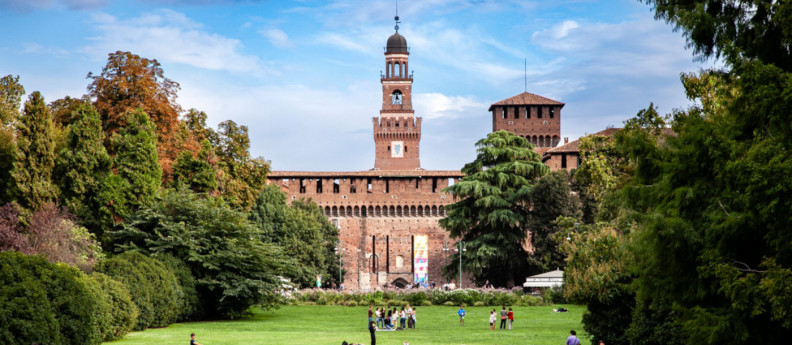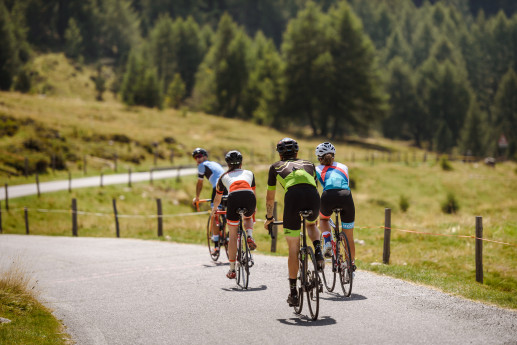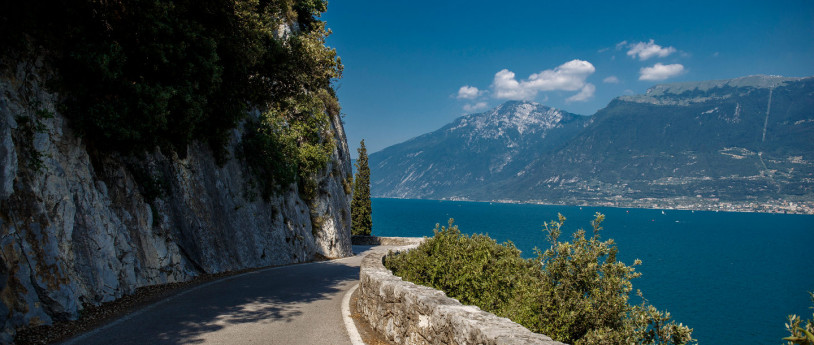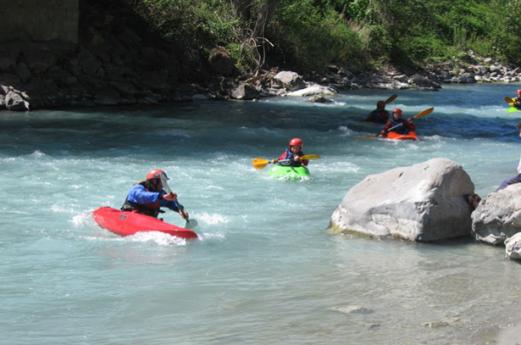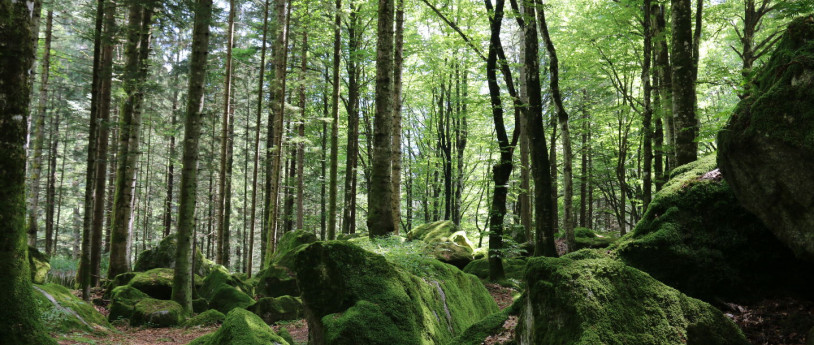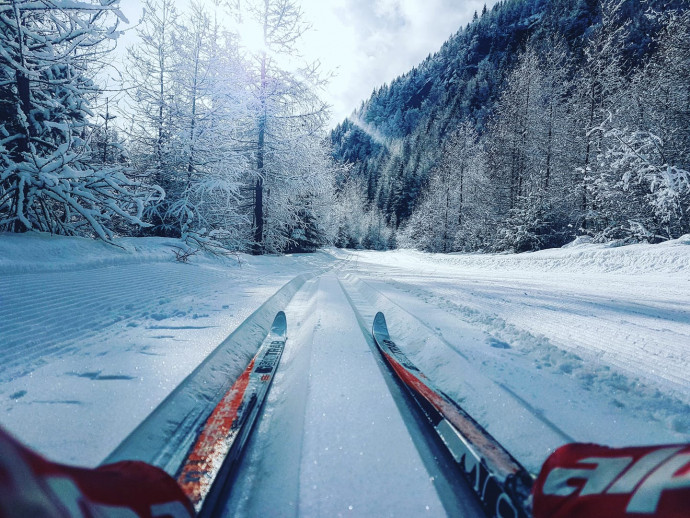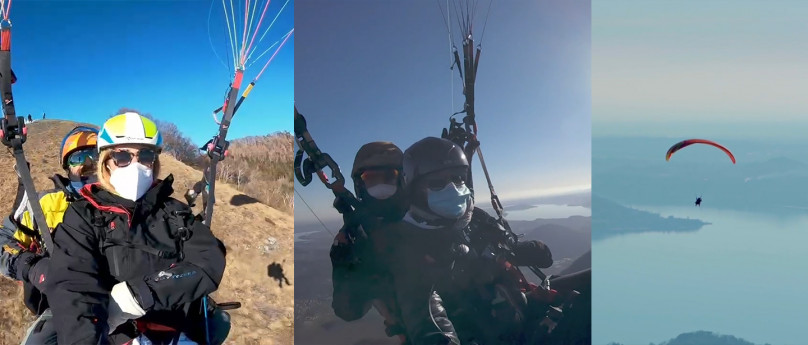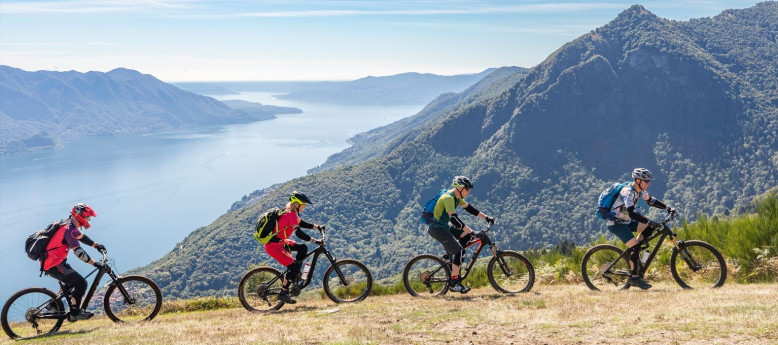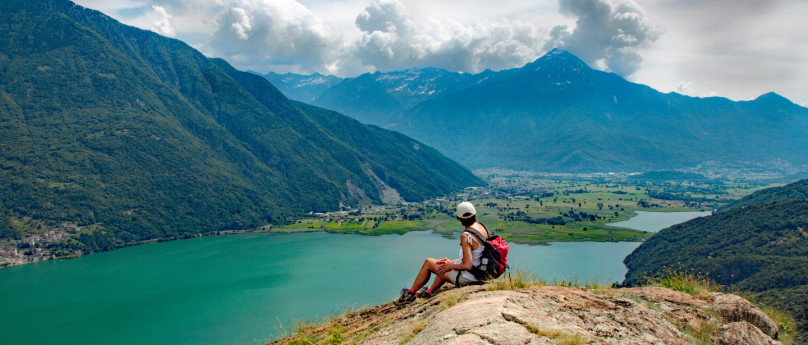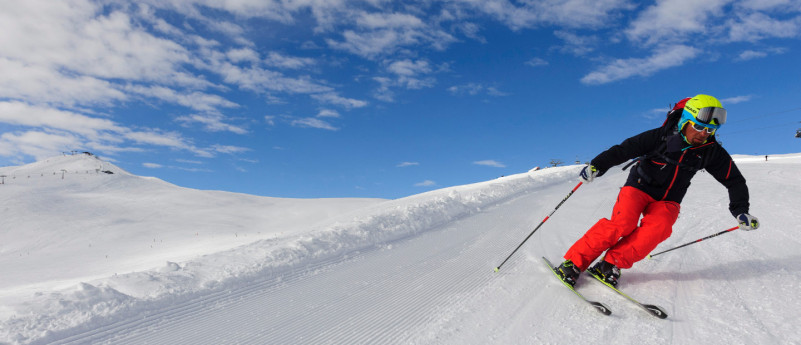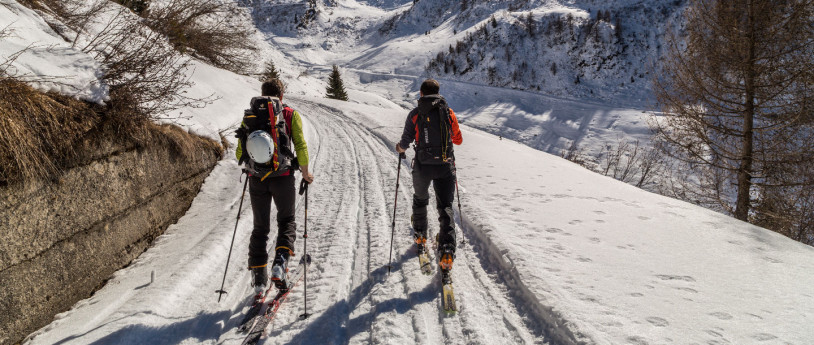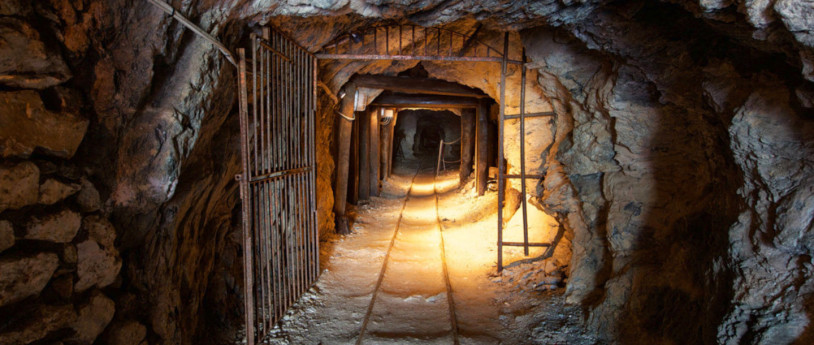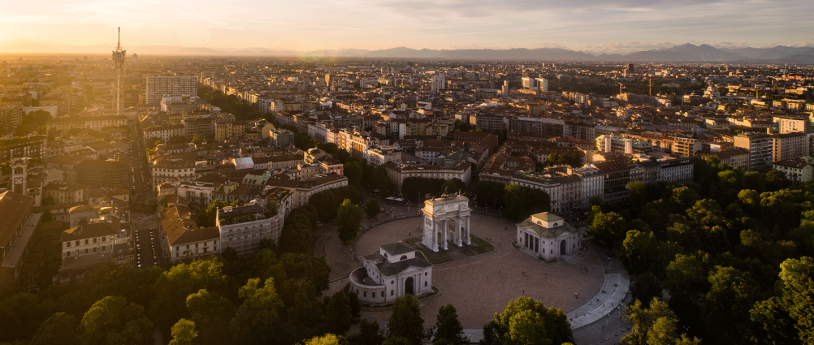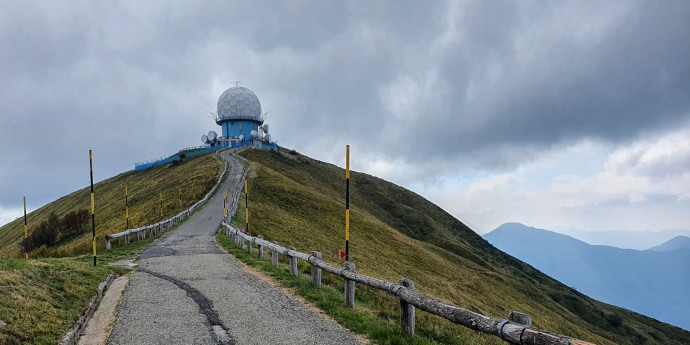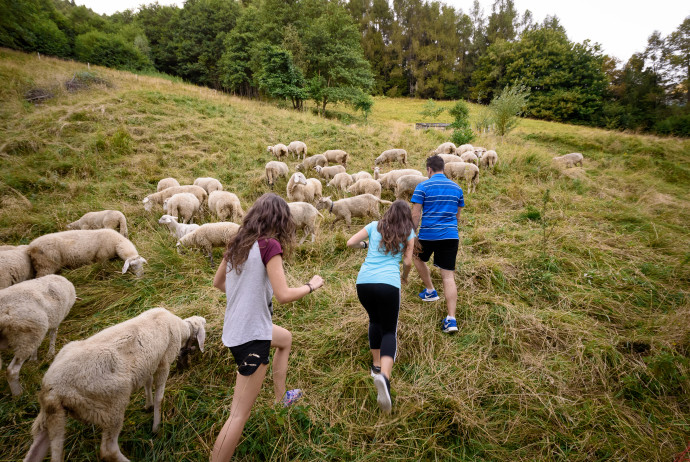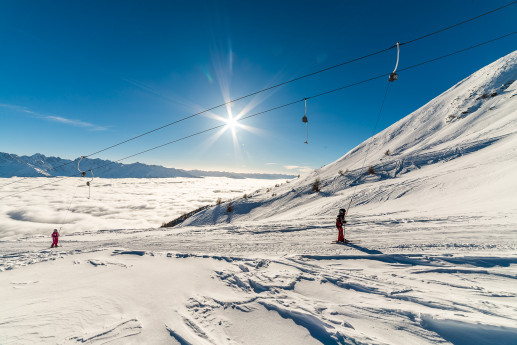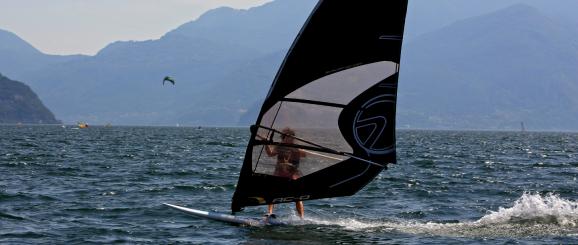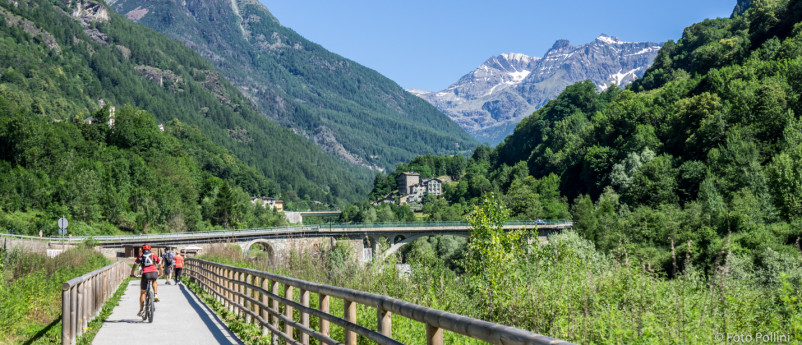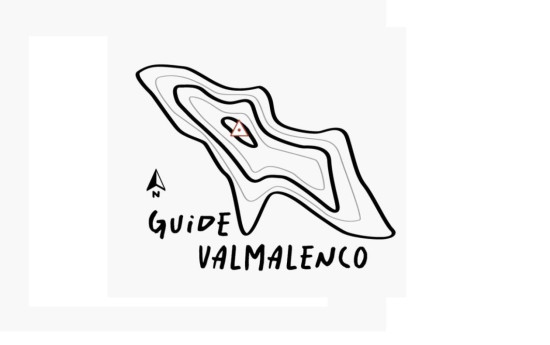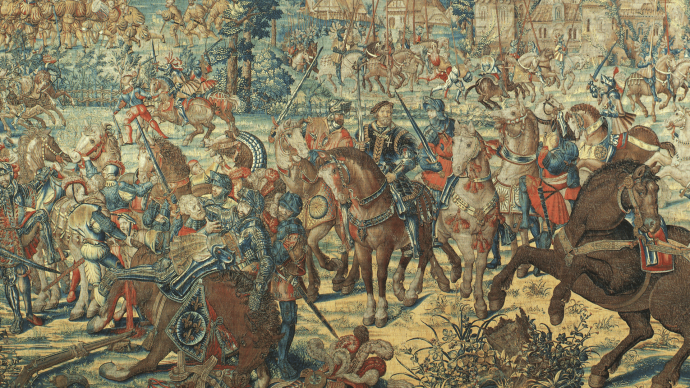- Active & Green
Brescia Nature, taste and traditions: Val Sabbia
Val Sabbia is a real paradise to be discovered for a fully relaxing experience.
It is crossed by the river Chiese, touched by the waters of lake Idro, and nestled in the green of oak and chestnut woods: all is there for tourists to discover life in the dairy farms where the famous Bagoss cheese is produced.
A walking experience meeting all tastes
The choice is rich and ranges from treks of several days – through the barracks, trenches and small fortresses of World War I, such as the one in the Alta via del Caffaro, where nature is sovereign and chamois, ibex, deer, roe-deer and marmots can be spotted – to more demanding walking experiences to be covered in only 4 hours on the same day – such as the route starting from Gaver, reaching the Rifugio Tita Secchi mountain hut and the Lago della Vacca, and then climbing to the Cornone di Blumone peak. Val Sabbia, however, also offers a choice of excursions for families, such as a much appreciated and interesting itinerary departing from Rifugio Tassara and climbing to mount Frerone. The valley trails can also be covered on horseback, or, limited to stretches reaching mountain huts, with mountain bikes as well. The Cornone di Blumone peak, instead, is a preferred destination for climbers.
Bagolino: Medieval history and traditions
A must-see for tourists visiting Val Sabbia is Bagolino, a village that owes its fame to a carnival and is also the birthplace of the Bagoss cheese. A unique medieval feel can be perceived by walking in the long, narrow streets of the town centre named “piastroi”, which snake through houses all crammed up together and embellished by decorative and architectural elements of great significance, such as small terraces, underpasses, wrought-iron grilles, porticos, balconies and frescoes. The churches of this village host works of great painters, such as Titian and Tintoretto. The valley also boasts a rich cultural heritage. Another place that is definitely worth a visit is Rocca d'Anfo, which is among the largest Napoleonic fortresses in Europe.
Highlights
1. Archaeology.
The archaeological exhibits of the Gavardo Museum tell the story of civilisation in Val Sabbia. A bear skeleton is also on display in one of its halls.
2. Art. In Sabbio Chiese, visitors will find the Madonna della Rocca sanctuary, an ancient fortress converted into an oratory, with two superposed churches. Inside the complex, a Museum of Peasant Civilisation can also be visited.
3. Adventure. The Fucine di Casto Park offers a daunting wall-climbing experience and, optionally, adventure trails with canyons, Tibetan bridges, slack lines and zip lines. A children’s play area is also available.
4. Food. The skewer is the pièce de resistance of the Val Sabbia cuisine, beside other specialties such as the Bagoss and the Formaggella Valle Sabbia cheeses. Make sure you do not miss a taste of the local Dos salami, the “Rose cake” (Torta di Rose) and the “Bitter sugar” (Zucchero Amaro).
5. Shopping. Dairies are open to tours, for visitors to discover the time-honoured dairy tradition of Val Sabbia and of course to buy some cheese to bring home.
